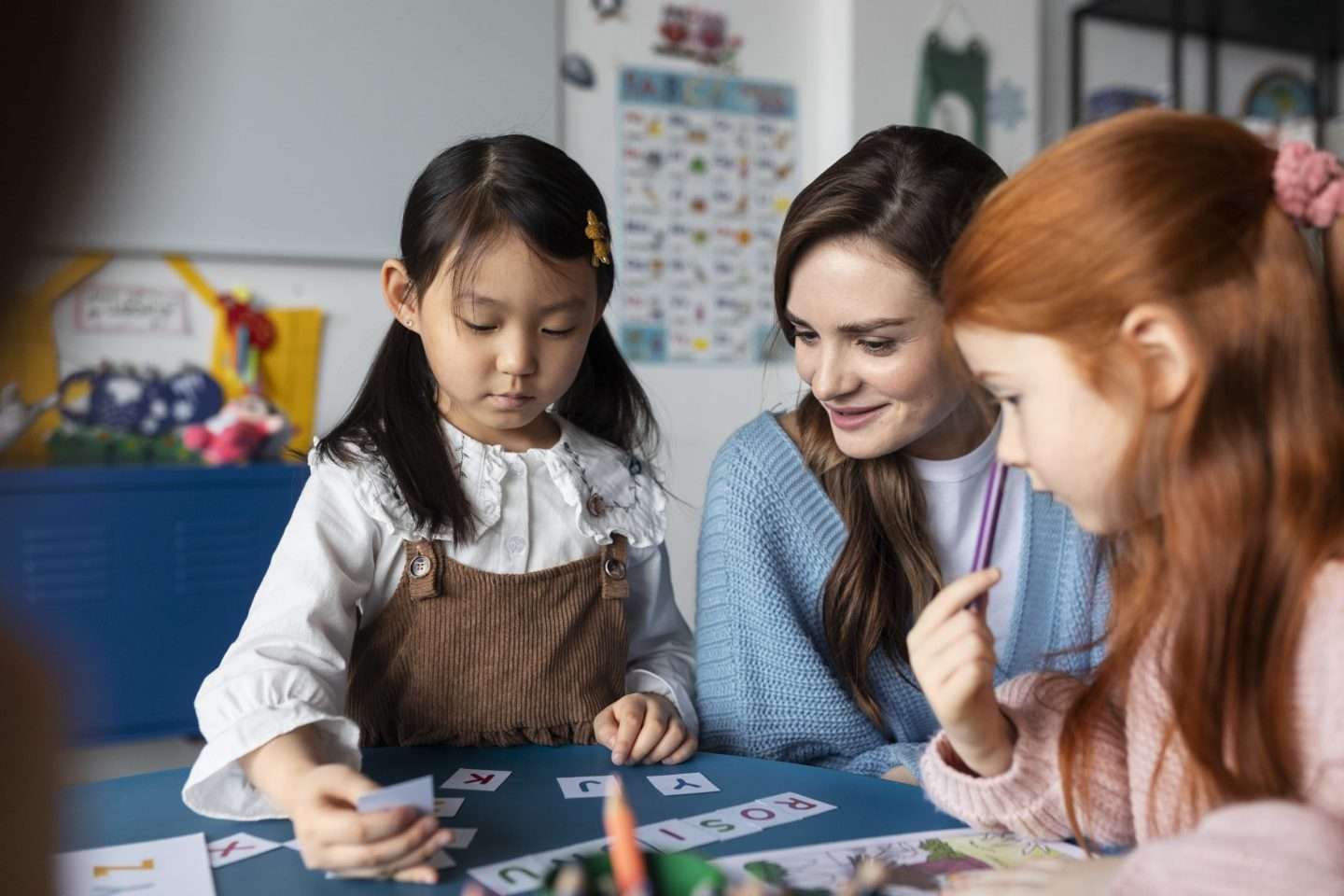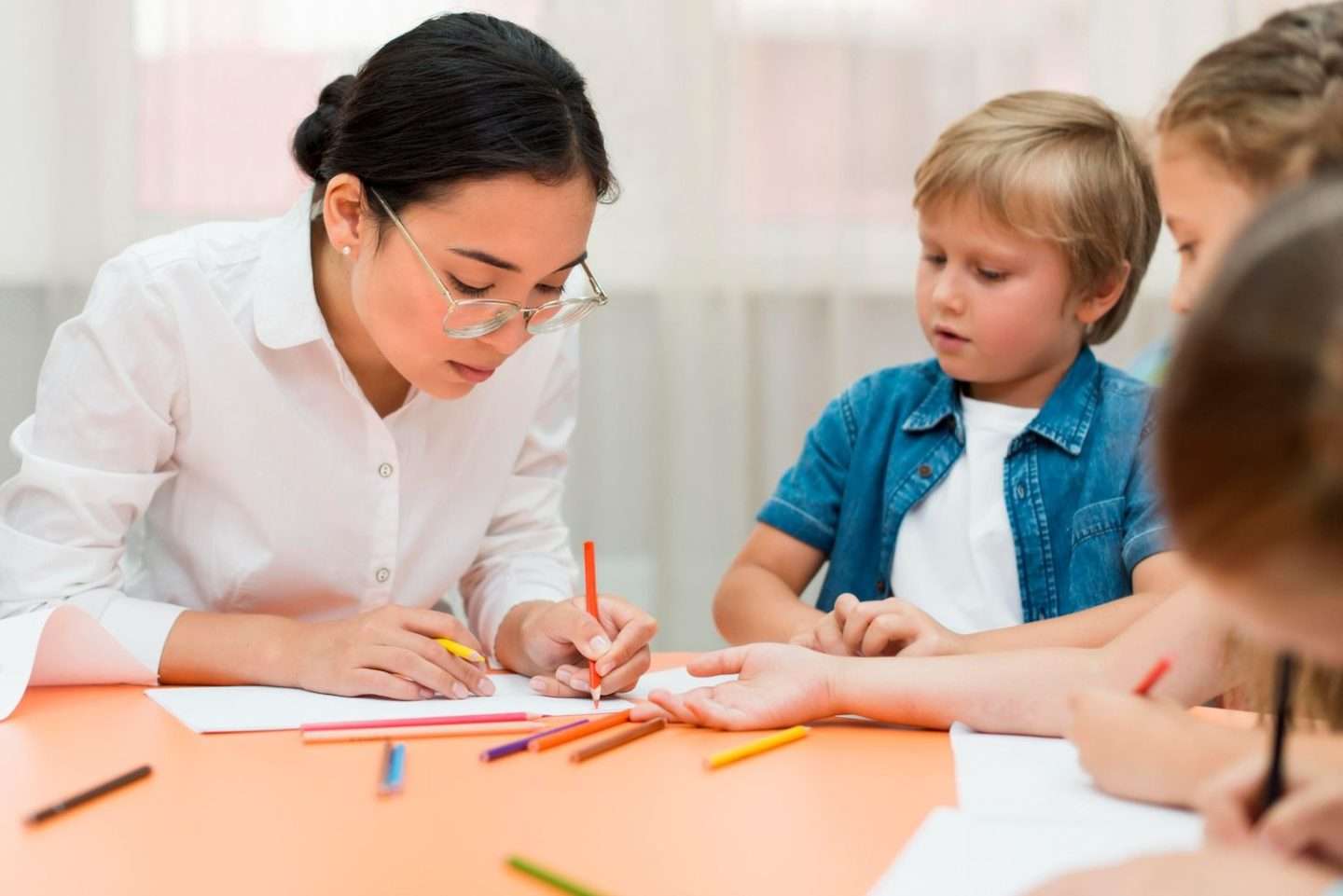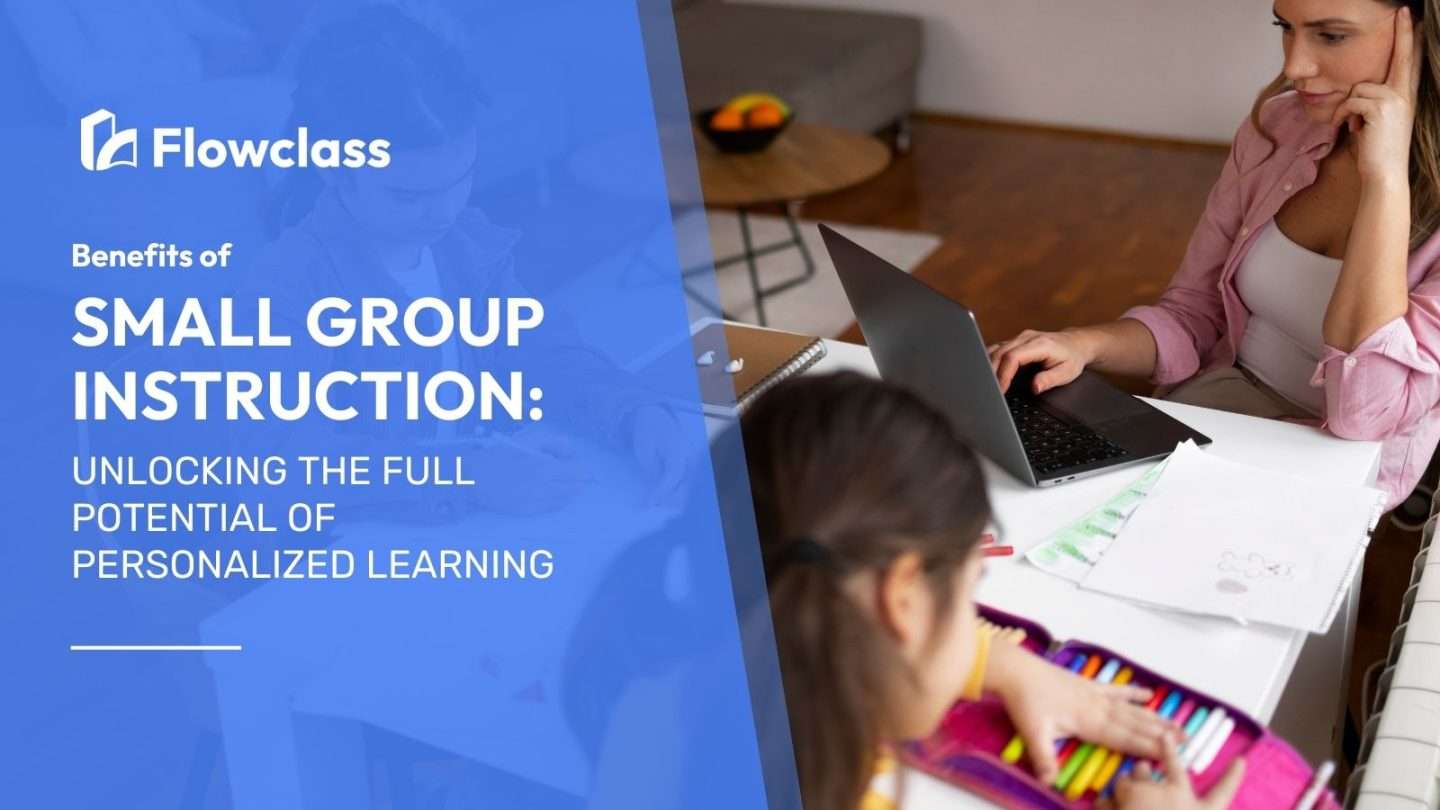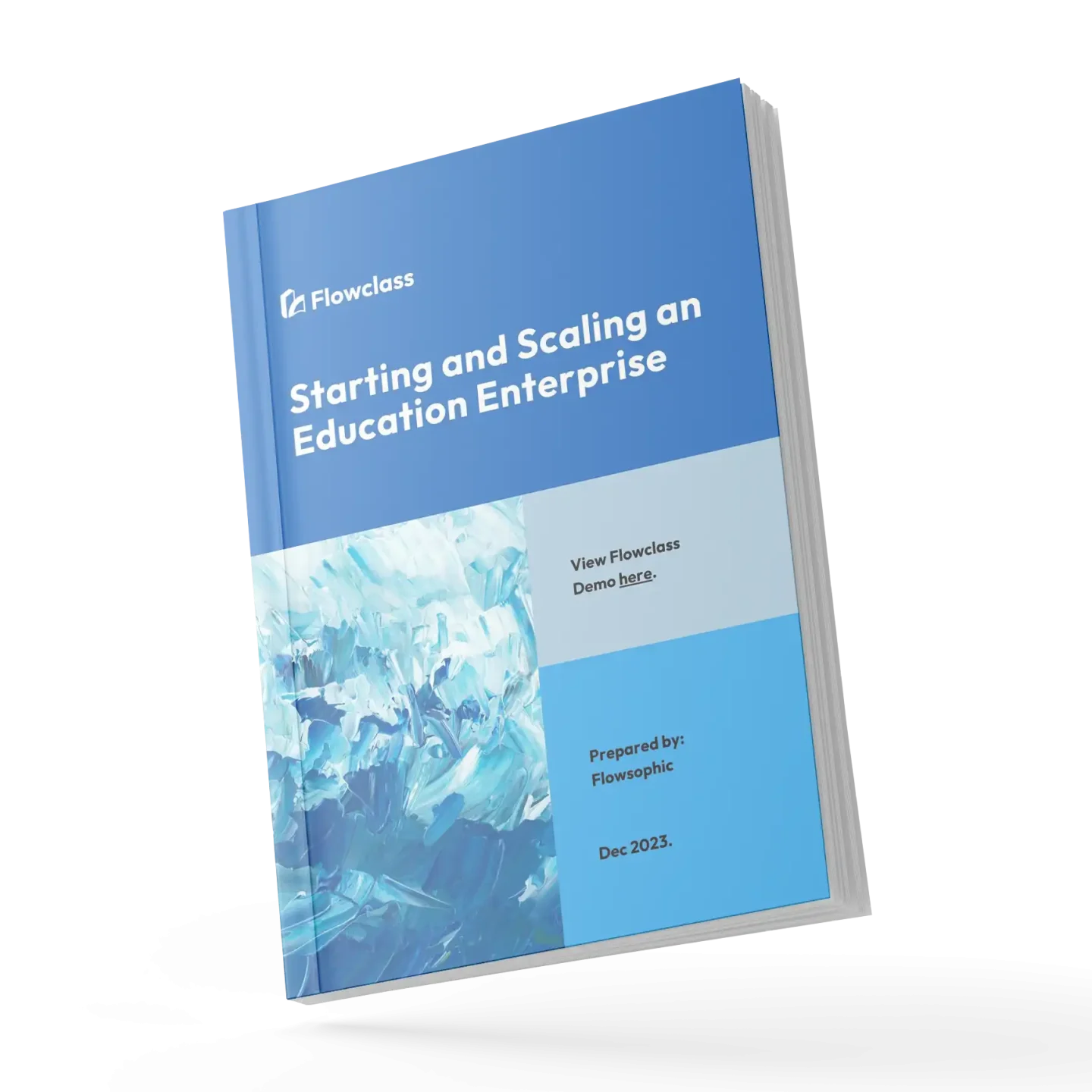Are you looking to maximize the effectiveness of personalized learning? Small group instruction may be the key to unlocking the full potential of this innovative approach to education. With small group instruction, students receive targeted attention and personalized support in a collaborative setting.
By working closely with a small group of peers, students can engage in interactive discussions, participate in hands-on activities, and receive immediate feedback from the teacher. This approach ensures that each student’s unique needs and learning styles are addressed, leading to improved comprehension and retention of information.
The benefits of small group instruction are numerous. Not only does it allow for more individualized attention, but it also fosters critical thinking skills, problem-solving abilities, and teamwork. Students are able to actively engage with the material, ask questions, and make connections with their peers, leading to deeper learning and increased motivation.
In this article, we will explore the various benefits of small group instruction and how it can enhance personalized learning in the classroom. Whether you are a teacher, parent, or education professional, understanding the advantages of this instructional approach could revolutionize the way students learn and thrive in educational settings. So, let’s dive in and discover the power of small group instruction in unlocking the full potential of personalized learning.
What exactly is a small group instruction?

Small group instruction is an educational approach that involves dividing students into smaller, more manageable groups for targeted learning and support. This method stands in contrast to the traditional whole-class instruction, where a teacher delivers lessons to an entire classroom of students. In small group instruction, the teacher works with a smaller number of students, typically ranging from 3 to 8 individuals, to provide more personalized attention, targeted interventions, and opportunities for active engagement.
By creating these smaller learning communities, teachers can tailor their instructional strategies and content to better meet the specific needs of each student. This allows for a more focused and interactive learning environment, where students can receive immediate feedback, ask questions, and collaborate with their peers. Small group instruction also enables teachers to differentiate their teaching, addressing the unique learning styles, strengths, and challenges of each student within the group.
The format of small group instruction can vary, ranging from guided reading groups, math workshops, or targeted skill-building sessions. Regardless of the specific subject or focus, the core principle of small group instruction is to create a more intimate and supportive learning environment that fosters deeper understanding, skill development, and academic growth. This approach has gained increasing popularity in recent years as educators strive to personalize learning and maximize the potential of each student.
The advantages of personalized learning in smaller groups
Small group instruction offers a wealth of benefits for students, teachers, and the overall learning environment. One of the primary advantages is the increased personalization and individualized attention that students receive. In a small group setting, teachers can more effectively assess each student’s needs, tailor their instruction, and provide targeted support and feedback.
This personalized approach is particularly valuable for students who may be struggling with specific concepts or skills, as they can receive the extra guidance and practice, they need to catch up and keep pace with their peers. Conversely, students who are excelling can be challenged with more advanced material or enrichment activities, ensuring that all learners are appropriately engaged and motivated.
Another significant advantage of small group instruction is the enhanced opportunities for active participation and collaboration. In a smaller setting, students are more likely to feel comfortable sharing their thoughts, asking questions, and engaging in meaningful discussions with their peers. This collaborative environment fosters the development of critical thinking skills, problem-solving abilities, and effective communication, all of which are essential for academic and personal success.
Furthermore, small group instruction can lead to improved student engagement and motivation. When students receive personalized attention and support, they are more likely to feel valued, understood, and invested in their own learning. This can result in increased attendance, better focus, and a greater willingness to take risks and embrace challenges, all of which contribute to enhanced academic performance and overall student achievement.
Personalized learning and its benefits

Personalized learning is an educational approach that tailors instruction, learning activities, and assessment to the unique needs, interests, and learning styles of each individual student. This approach stands in contrast to the traditional “one-size-fits-all” model of education, where all students receive the same content and instruction regardless of their individual differences.
The benefits of personalized learning are numerous and far-reaching. By catering to the unique needs of each student, personalized learning can lead to improved academic outcomes, increased engagement and motivation, and the development of essential skills such as critical thinking, problem-solving, and self-directed learning.
One of the key advantages of personalized learning is that it allows students to progress at their own pace and focus on the areas where they need the most support. This can be particularly beneficial for students who may be struggling with certain concepts or skills, as they can receive targeted interventions and additional practice without falling behind their peers. Conversely, students who are excelling can be challenged with more advanced material, ensuring that they are continuously engaged and motivated to learn.
Additionally, personalized learning can foster a greater sense of ownership and agency over the learning process. When students are actively involved in setting their own learning goals, selecting the resources and activities that best suit their needs, and monitoring their own progress, they are more likely to develop a deeper understanding of the material and a stronger commitment to their own academic success.
Improved student engagement through small group instruction
Small group instruction is a powerful tool for enhancing student engagement in the learning process. By creating a more intimate and collaborative learning environment, small group instruction encourages students to actively participate, ask questions, and engage in meaningful discussions with their peers and the teacher.
One of the keyways that small group instruction boosts student engagement is by providing a safe and supportive space for students to share their thoughts and ideas. In a smaller setting, students may feel more comfortable taking risks, expressing their opinions, and seeking clarification when needed. This increased sense of trust and belonging can lead to higher levels of engagement and a greater willingness to tackle challenging material.
Furthermore, small group instruction allows teachers to tailor their instructional strategies and content to the specific needs and interests of the students within the group. By addressing individual learning styles, strengths, and weaknesses, teachers can create lessons and activities that are more engaging and relevant to the students. This personalized approach can foster a greater sense of investment and ownership in the learning process, as students feel that their unique needs are being addressed.
Small group instruction also provides opportunities for hands-on learning, collaborative problem-solving, and immediate feedback. These interactive and engaging learning experiences can help to capture students’ attention, stimulate their curiosity, and encourage them to actively participate in the learning process. As students see the direct impact of their efforts and receive timely feedback, they are more likely to remain engaged and motivated to continue learning.
Small group instruction as a tool for differentiation

Differentiation is a pedagogical approach that involves tailoring instruction, learning activities, and assessment to meet the diverse needs of students within a classroom. Small group instruction is an extremely effective tool for implementing differentiation and ensuring that all students receive the support and challenge they require to thrive.
By organizing students into smaller, more manageable groups, teachers can more easily identify and address the unique learning needs, interests, and abilities of each individual student. This allows for the development of targeted instructional strategies, the selection of appropriate learning materials, and the implementation of differentiated assessment practices.
For example, in a small group setting, a teacher may work with a group of students who are struggling with a particular math concept. The teacher can then provide explicit instruction, offer hands-on activities, and give immediate feedback to help these students build a stronger foundation in the subject matter. Conversely, another small group may be working on more advanced or enrichment activities, challenging them to think critically and apply their knowledge in novel ways.
Small group instruction also enables teachers to adjust the pace, complexity, and level of support within each group, ensuring that all students are appropriately engaged and challenged. This flexibility allows for the creation of a more inclusive learning environment, where students of varying abilities and backgrounds can work together and learn from one another.
Enhancing student collaboration and communication skills
Small group instruction is an excellent way to foster the development of essential 21st-century skills, such as collaboration and communication. By working in smaller, more intimate learning communities, students have the opportunity to engage in meaningful discussions, share their ideas, and learn from their peers.
When students collaborate within a small group setting, they are required to listen actively, express their thoughts clearly, and negotiate solutions to problems. These collaborative interactions not only deepen their understanding of the subject matter but also help them to develop crucial interpersonal skills, such as empathy, conflict resolution, and teamwork.
Furthermore, the small group format encourages students to take on different roles and responsibilities within the group, such as facilitator, note-taker, or presenter. This allows them to practice and refine their communication skills, as they learn to articulate their ideas, ask thoughtful questions, and provide constructive feedback to their peers.
The collaborative nature of small group instruction also fosters a sense of community and belonging within the classroom. As students work together to achieve shared goals, they develop a greater appreciation for the perspectives and contributions of their peers. This, in turn, can lead to improved social-emotional skills, increased self-confidence, and a more positive overall learning experience.
The role of the teacher in small group instruction
The teacher plays a crucial role in the success of small group instruction. While the smaller class size and more intimate setting may seem to reduce the teacher’s workload, in reality, small group instruction requires a high level of planning, facilitation, and ongoing assessment to ensure that each student’s needs are being met.
One of the primary responsibilities of the teacher in a small group setting is to carefully plan and structure the learning activities. This involves selecting appropriate instructional materials, designing engaging and differentiated tasks, and anticipating potential challenges or misconceptions that students may encounter. By proactively addressing these considerations, teachers can create a learning environment that is both supportive and intellectually stimulating.
In addition to planning, the teacher’s role in small group instruction also involves active facilitation and monitoring. During the small group sessions, the teacher must carefully observe student interactions, provide timely feedback and guidance, and adjust their instructional approach as needed. This requires the teacher to be highly attuned to the unique needs and learning styles of each student within the group, and to be able to adapt their teaching strategies accordingly.
Furthermore, the teacher must be skilled in fostering a collaborative and inclusive learning environment within the small group. This may involve modeling effective communication and problem-solving strategies, encouraging students to share their ideas, and facilitating discussions that promote critical thinking and mutual understanding. By creating a safe and supportive space for learning, the teacher can help students develop the confidence and skills they need to thrive in the small group setting.
Implementing small group instruction in the classroom
Implementing small group instruction in the classroom requires careful planning and a thoughtful approach. To ensure the success of this instructional method, teachers must consider a variety of factors, including group composition, lesson design, and classroom management strategies.
One of the first steps in implementing small group instruction is to determine the optimal group size and composition. While the ideal group size can vary depending on the specific learning objectives and the needs of the students, most experts recommend groups of 3 to 8 students. When forming these groups, teachers should consider factors such as academic ability, learning styles, and social dynamics to create balanced and productive learning communities.
Next, teachers must design engaging and differentiated lessons that cater to the unique needs of each small group. This may involve creating a variety of learning activities, ranging from direct instruction and guided practice to collaborative problem-solving and independent exploration. By offering a diverse array of learning experiences, teachers can ensure that all students are actively engaged and challenged at an appropriate level.
Effective classroom management is also crucial when implementing small group instruction. Teachers must establish clear expectations, routines, and procedures to ensure that the small group sessions run smoothly and efficiently. This may include strategies for transitioning between whole-class and small group activities, managing materials and resources, and monitoring student progress and behavior.
Finally, ongoing assessment and evaluation are essential for ensuring the effectiveness of small group instruction. Teachers should regularly monitor student progress, gather feedback, and make adjustments to their instructional approach as needed. This may involve formative assessments, such as observations and exit tickets, as well as summative assessments that measure student learning and growth over time.
Evaluating the effectiveness of small group instruction
Evaluating the effectiveness of small group instruction is a critical step in ensuring that this instructional approach is achieving the desired outcomes for students. By carefully assessing the impact of small group instruction, educators can identify areas of strength, address any challenges, and make informed decisions about the continued use and refinement of this teaching method.
One of the key metrics for evaluating the effectiveness of small group instruction is student academic performance. Teachers can analyze data from formative and summative assessments, such as pre- and post-tests, to determine whether students in small group settings are demonstrating improved comprehension, skill development, and overall academic growth. This data can be compared to the performance of students in whole-class instructional settings to gauge the relative impact of small group instruction.
In addition to academic performance, teachers should also consider measures of student engagement, motivation, and social-emotional development. Small group instruction is designed to foster a more personalized and collaborative learning environment, so it is important to assess whether these intended outcomes are being achieved. This may involve collecting student feedback, observing classroom interactions, and monitoring indicators such as attendance, participation, and self-efficacy.
Furthermore, teachers should evaluate the effectiveness of their own instructional practices within the small group setting. This may include analyzing the appropriateness and differentiation of their lesson plans, the quality of their facilitation and feedback, and the overall management of the small group environment. By reflecting on their own performance, teachers can identify areas for professional development and make adjustments to their small group instructional strategies.
Conclusion: Embracing the power of small group instruction in education
In conclusion, small group instruction is a powerful and versatile instructional approach that can unlock the full potential of personalized learning in the classroom. By organizing students into smaller, more intimate learning communities, teachers can provide targeted support, foster collaborative learning, and address the unique needs and learning styles of each individual student.
The benefits of small group instruction are numerous and far-reaching. From improved student engagement and academic performance to the development of essential 21st-century skills, this instructional method has the potential to transform the educational experience for students of all ages and backgrounds.
As educators continue to explore and implement personalized learning strategies, small group instruction should be at the forefront of their efforts. By embracing the power of this approach, teachers can create a more inclusive, supportive, and intellectually stimulating learning environment that empowers students to reach their full potential.
Ultimately, the success of small group instruction lies in the hands of dedicated and skilled educators who are willing to invest the time, effort, and resources necessary to make this approach a reality in their classrooms. By doing so, they can pave the way for a brighter, more equitable, and more engaging future for all learners.
Want more learning tips for learning centers? Visit our Flowclass Blog!


